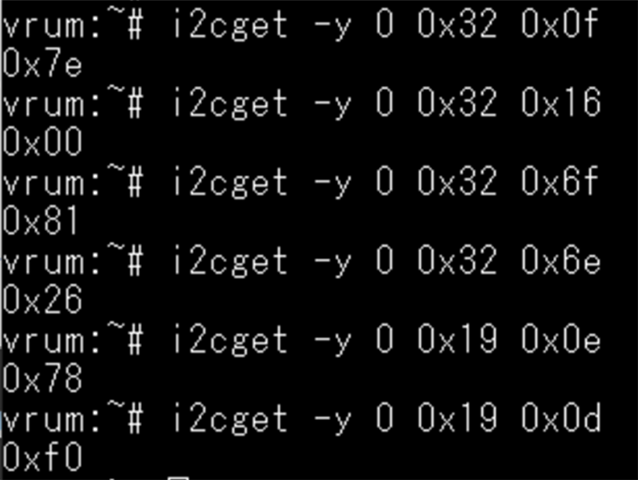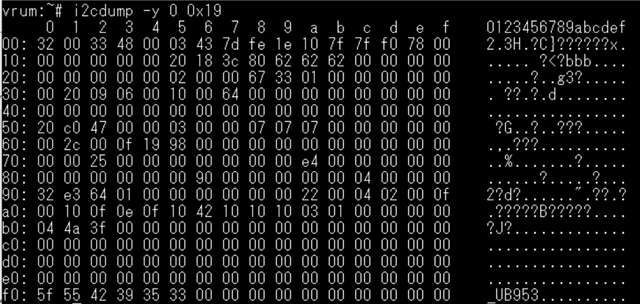Hi, Team,
Our setup is 935 + 936, and we plan to use 3 GPIOs from host to control ub935 GPIO output via ub936.
One of our GPIO design is
host GPIO6 -> ub936 GPIO6 -> ub935 GPIO0
Some related configure in below.

When we set host GPIO6 to 1, then ub936 GPIO6 state is 1
![]()
But UB935 side GPIO0 still is 0.
![]()
Why UB935 GPIO_0 can't be set to 1?
Thank you,
--Blake




